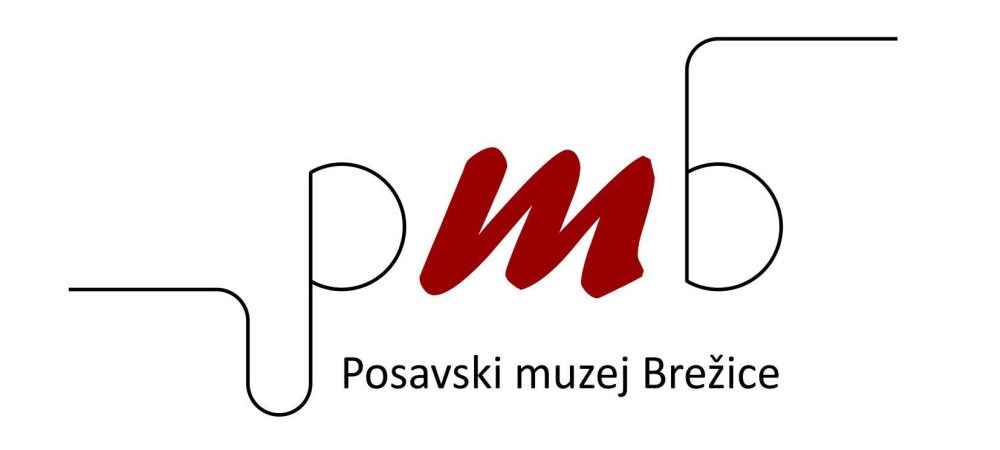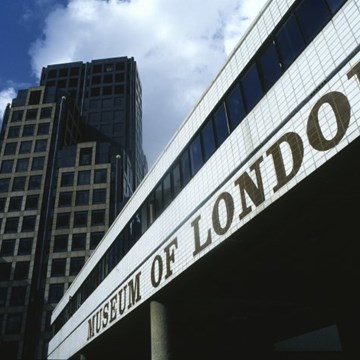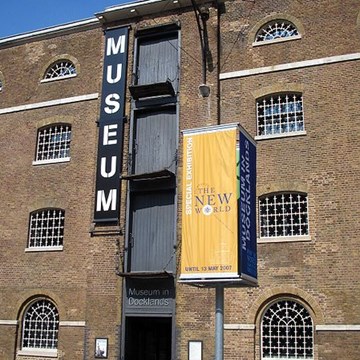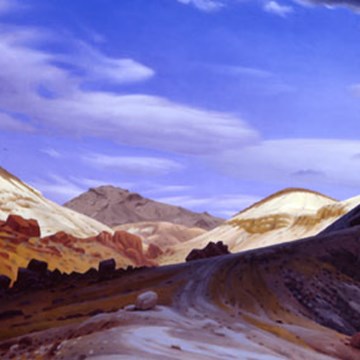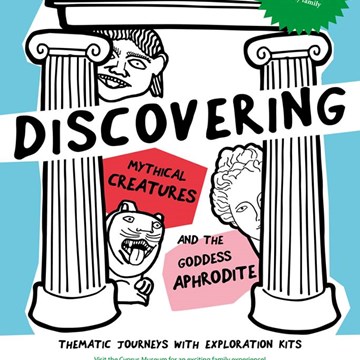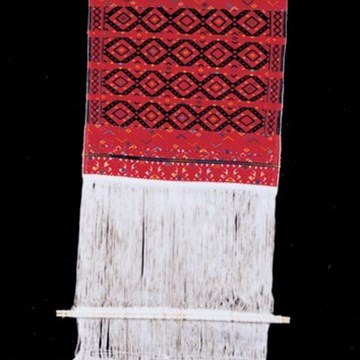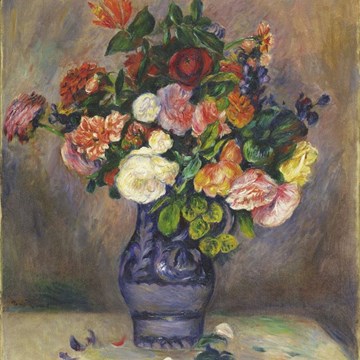Posavje Museum Brežice
Posavski muzej Brežice
It is supposed that the castle was built in the 12th century on a small slope on the left bank of the Sava River, separating Styria and Carniola. It was built by the Salzburg people in order to serve administrative and defence purposes. The town of Brežice, which was established in its neighbourhood, got city rights approved by a document in 1353. Name Brežice is a derivative from the town on the bank (bregu – brežcu), situated on the pier above the dried-out bed of the Sava. The two-storey castle is the mightiest building in Brežice, built in the middle of the 16th century in the site of the castle, which was burnt down in 1515, in time of the great peasant revolt.
Since 1949 the castle, a monument of immovable heritage, has been the home of The Posavje Museum Brežice, which presents the heritage of Posavje region from the earliest days till today. The Posavje Museum derives from the seeds of a museum, arranged under the auspices of Museum society for political districts of Brežice and Krško in Krško, established on 30th September in 1939.
By the end of the 17th century and at the begging of the 18th century, aristocratic family Attems turned the castle into a residence. The count Ignac Maria Attems was fond of the baroque art so famous Styrian artists of that time painted in his castles. His idea was to rebuild the eastern wing and make a hall, today known as Viteška dvorana (The Knight's Hall). A double staircase, the chapel and the Knight's Hall are painted; the latter was renovated in 2011 and is the unique example of secular baroque frescoes on the Slovenian territory. It is the place where we can listen to concerts or attend other events while our thoughts travel through the scenes from Roman and Greek mythology.
Landscaped as a park with a fountain in the middle the castle courtyard looked very spacious. They took care of the castle's surroundings, filled up protective moats and turned them into garden plantations. The icehouse was built by the southwestern tower. On the eastern side of the castle there was a cultivated park planted with various tree species.
In Posavje, where mornings are closer to the sun, its rays first shine on the Renaissance portal of the most southern castle in Styria. Standing at the castle's courtyard, we enter the museum through the baroque portal to the first and second floor with 30 exhibitions premises. The archaeological collection gives information about the times since prehistory up to the times when Slavs settled. More than six hundred exhibits in the ethnological collection tell us how the inhabitants of Posavje lived and worked, what they believed in and how they expressed art in the 19th and 20th century. In the collection titled Peasant revolts and reformation we can see the first words in the Slovenian language »le vkup, le vkup, le vkup, uboga gmajna« written on the wall. Among other exhibits, there is also the facsimile of Dalmatin's Biblija – translation of the bible from German into Slovenian, published in 1584. The exhibition Bürger – mestjan – meščan (bourgeois) welcomes us in the saloon from the year 1900, with a view of the town street, and in the intimacy of the bourgeois bedroom. The baroque double stairs lead us from the hall to the second part of the museum where we are introduced to the history of the 20th century – the exhibition Under the nine flags: Posavje 1900–1990. The art-history part of the museum introduces wealthy secular and religious heritage of Posavje and a new gallery with works of Alenka Gerlovič. A special room of the museum is dedicated to the memory of the painter Franjo Stiplovšek, the founder, an attentive collector and a long-time director (1949–1963) of the museum. A very rich memorial gallery in the last exhibition room is a place, dedicated to his basic job of a painter as well as the place where you can put down your impressions and tell them to those who create life of the castle and the museum.
Opening hours
WINTER (November–February)
- Tuesday to Saturday: 8.00–16.00
- Sundays and holidays: 13.00–16.00
SPRING AND AUTUMN (April–May, September–October)
- Tuesday to Saturday: 10.00–18.00
- Sundays and holidays: 14.00–18.00
SUMMER (June–August)
- Monday to Saturday: 10.00–20.00
- Sundays and holidays: 14.00–20.00
The museum is closed on January 1st, November 1st and December 24th, December 25th and December 31st and on Mondays, except from June until August. On prior arrangements (at least 48 hours before the arrival), organized tours are possible outside opening hours as well. The last entry is half an hour before the end of opening hours.
Exhibitions and events
We don't have anything to show you here.
Educational programs
We don't have anything to show you here.
Collections
We don't have anything to show you here.


